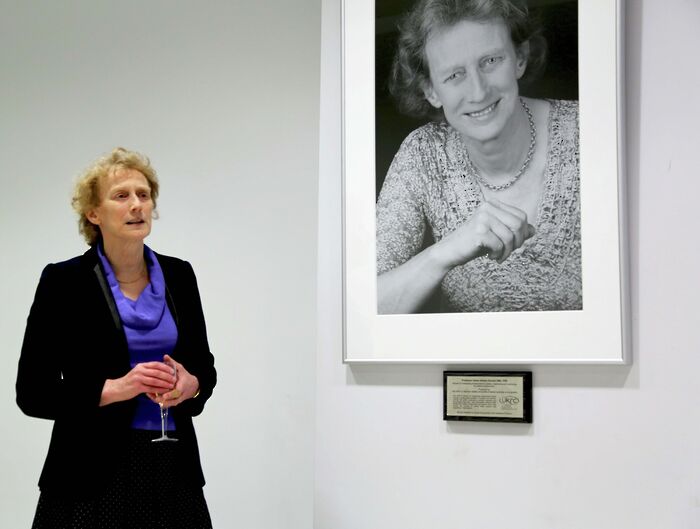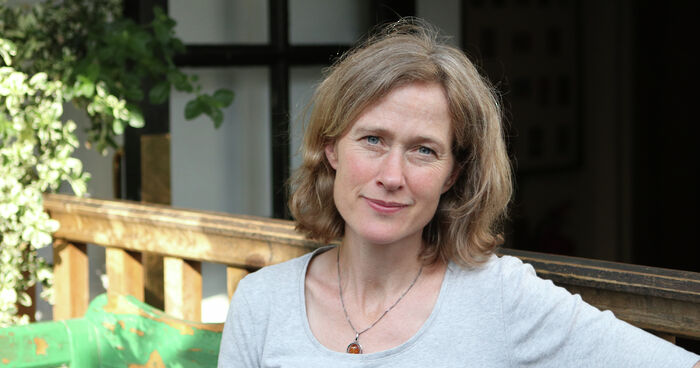Cambridge pay gap shrinks slowly – but still has a way to go
Analysis by Varsity has found an 18.3% gap between the average basic incomes of men and women within the University

Salaries paid by the University in 2017 clocked an 18.3% gap between average basic incomes of men versus women, analysis by Varsity has found.
In past years, the gender pay gap was defined as the percentage difference between the average basic income of men versus women. The average basic income gap as calculated by Varsity therefore allows for comparison with previous annual figures.
However, under University regulations to come into effect this year, the gender pay gap will be determined using a new government-mandated methodology.
On 6th April 2017, a law came into force requiring all private and voluntary-sector employers in the UK with 250 or more employees – an estimated 9,000 companies, including the University of Cambridge – to publish their gender pay gap data annually. The legislation introduced mandatory regulations to replace those prior to it.
The government hoped to incentivise companies to minimise the wage disparity, and called on all organisations concerned to publish their analyses by early April this year.
The University, who has voluntarily published its annual pay gap data every two years since 2009 in its Equal Pay Review, was obligated under the new regulations to add information on the mean and median gender pay gap for hourly wages.
Gender pay varies across academic departments
Red circles show average pay for men, blue circle for women. Percentages indicate the pay gap in each school. Data shows figures for academics and researchers.

Analysis revealed that the average basic salary paid to men in 2017 was £7,659 higher that that paid to women over the last year.
The disparity this year is part of a consistent trend of reduction in the average basic income gap over the past ten years, though the level of reduction this year – a 0.3% decrease from last year’s 18.6% pay gap – is the smallest in six years.
This year’s reduction of 0.3% could come down to the relatively small percentage increase in the number of women at the higher end of the income scale (Grades 9-12). Within grade 12, the percentage of female employees in the highest income band (Grade 12) has also decreased slightly – from 19.72% in 2016 to 19.70% in 2017 – compared to a trend in previous years of the percentage of women in Grade 12 increasing.
Within the eight institutions that comprise the University’s workforce – six schools and two non-school institutions – the overall average basic income gap was widest in the School of the Humanities and Social Sciences, which includes the faculties of Economics, Education, History, Archaeology, Anthropology, Land Economy, History and Philosophy of Science, Politics and Sociology, and is the largest of the six schools.
The pay gap is closing, slowly
Cambridge’s overall pay gap has lowered slowly over the past decade.

Amongst academics and researchers, the average basic income gap across the University was 16.67%, with the School of Physical Sciences reflecting the largest pay gap of 20.70%, followed closely by University Council Institutions, with 19.65%.
Academic-related and assistant staff across the board exhibited a pay gap of 8.52%. The School of Technology, in particular, showed the highest gap of 12.01%, and the School of Arts and Humanities the lowest, with 0.11%.
The proportion of women in the workforce across the University increased from 50.8% in 2016 to 51.3% last year, with the majority of academic-related and assistant staff (60%) being women, whilst the majority of academic and research staff (58.8%) are men.
Because academic-related and assistant staff are paid a lower average salary, the minority of women in higher-paying academic and research roles is likely a contributing factor to the average basic income gap across the University.
At the higher end of the income scale, of the 191 university employees paid over £100,000 in 2017, 40 employees, or 20.9%, were women. This is a significant improvement from previous years, as in 2015 and 2016 respectively, 15.4% and 16.7% of those paid over £100,000 were women.
The aggregate value of market pay awards, a market supplement designed to retain employees with highly marketable or competitive skills, increased by 13.5% for men and 8.73% for women from 2016.
Under the new regulations to come into effect this year, the University will include market supplements, as well as any other additional payments, in their gender pay gap figure.
The issue of gender pay gaps in the public sector has come under greater scrutiny as of late, particularly after BBC China editor Carrie Gracie stepped down on 8th January in protest of pay inequality.
Gracie accused the broadcaster of “illegal” pay discrimination among international editors, describing a feeling of being “trapped” by “a secretive and illegal BBC pay culture”. Of the BBC’s four international editors, she alleged that the two men editors earned at least 50% more than the two women editors.
Compared to the public and private sectors across the UK this year, the University average basic income gap remains 2.8% below that of the private sector, and 0.6% above the public sector.
The University is set to release its first mandatory pay gap report under the new legislation by 30th March, as is required.
 News / SU stops offering student discounts8 January 2026
News / SU stops offering student discounts8 January 2026 News / Uni-linked firms rank among Cambridgeshire’s largest7 January 2026
News / Uni-linked firms rank among Cambridgeshire’s largest7 January 2026 Comment / Plastic pubs: the problem with Cambridge alehouses 5 January 2026
Comment / Plastic pubs: the problem with Cambridge alehouses 5 January 2026 News / New movement ‘Cambridge is Chopped’ launched to fight against hate crime7 January 2026
News / New movement ‘Cambridge is Chopped’ launched to fight against hate crime7 January 2026 Comment / What happened to men at Cambridge?31 December 2025
Comment / What happened to men at Cambridge?31 December 2025











